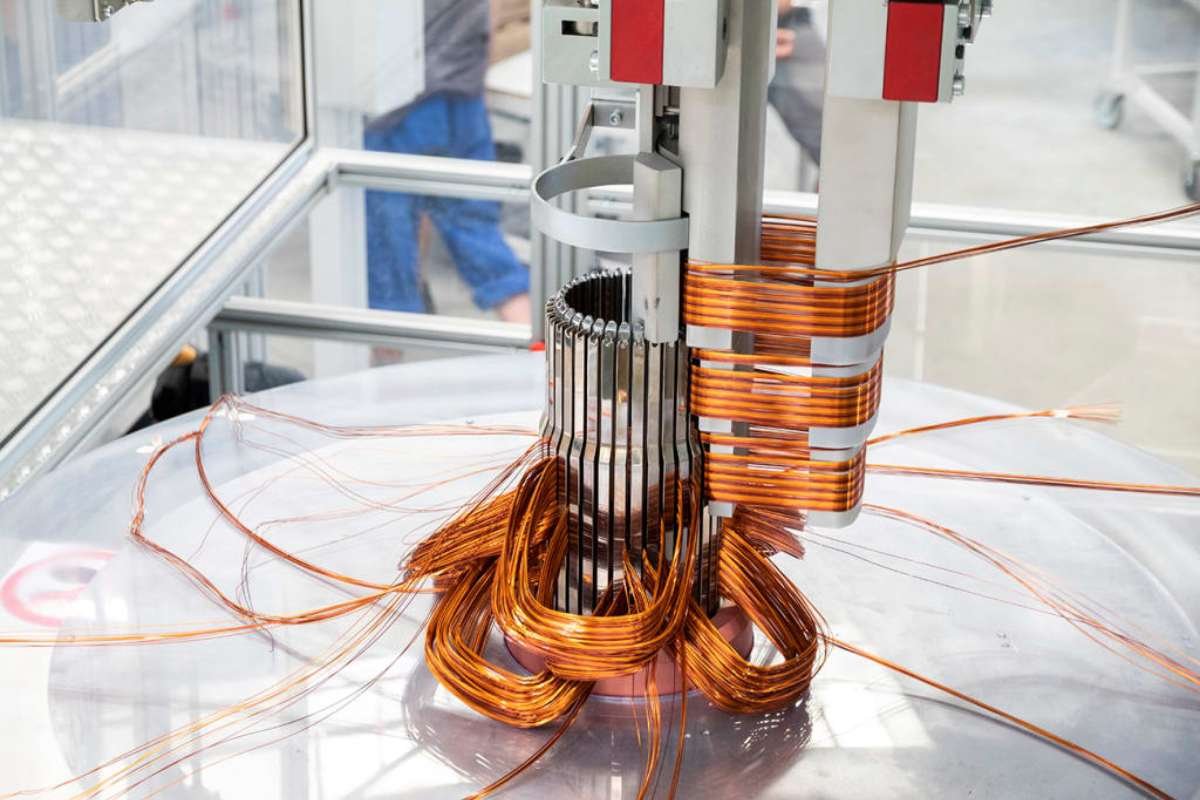With the world shifting towards sustainability, businesses are under more pressure than ever to minimize their environmental impact. For the manufacturing sector, this means accepting green tech in manufacturing—an approach that helps protect the planet boosts efficiency, and cuts costs. In this article, we’ll examine what green tech in manufacturing means, why it’s important, and how it’s transforming the manufacturing process.
What Is Green Tech in Manufacturing?
When we talk about green tech, we’re referring to the technologies and practices designed to reduce the environmental footprint of production. This includes switching to renewable energy, making machines more energy-efficient, reducing waste, and choosing sustainable materials. It is about producing goods in a way that minimizes harm to the environment while keeping efficiency high.
What are the Components of Green Tech?

- Renewable Energy: One of the biggest moves manufacturers can make is switching from fossil fuels to renewable energy sources like solar and wind. This cuts down on carbon emissions and lowers energy costs in the long run.
- Energy Efficiency: Upgrading to energy-efficient machinery means factories can run with less power. This helps reduce electricity bills and overall energy consumption, making operations cheaper and greener.
- Waste Reduction: Cutting down on waste is a core principle of green tech in manufacturing. Many companies are now recycling materials or reusing them, moving towards a circular economy where nothing goes to waste.
- Sustainable Materials: More manufacturers are choosing materials that are either recycled or sustainably sourced. This helps reduce the reliance on finite resources and lowers the overall environmental impact.
- Water Conservation: Efficient water usage is becoming a main focus, especially in areas where water is scarce. New technologies are helping manufacturers reduce their water consumption, which not only helps the environment but also saves money.
Why Green Tech Matters?

Green tech in manufacturing is about being eco-conscious and a smart business move. By adopting green technologies, companies can significantly lower their operating costs. This includes reducing energy bills through renewable energy and energy-efficient machines, as well as cutting down on waste management expenses. With environmental rules getting stricter globally, companies that start using green tech now will be in a better spot to meet regulations and avoid fines.
Beyond the financial benefits, a commitment to sustainability improves brand image. Today consumers are more likely to support companies that prioritize eco-friendly practices, leading to increased customer loyalty and attracting new business.
Business Benefits of Green Manufacturing:

- Achieve cost savings
- Facilitate compliance
- Improve reputation
- Improve sales
- Enhance safety
Challenges of Going Green
While the benefits are clear, transitioning to green tech in manufacturing isn’t without its challenges.
Here are some common obstacles:
- Upfront Costs: The initial cost of installing renewable energy systems or upgrading to energy-efficient machines can be a hurdle, especially for smaller businesses.
- Knowledge Gap: Many manufacturers may not know where to start or which technologies will have the most impact. This can slow down the adoption of green practices.
- Supply Chain Issues: Finding sustainable materials isn’t always easy. If suppliers are not on board, it can make it difficult for manufacturers to fully transition to greener practices.
- Resistance to Change: Change can be tough, especially in industries operating the same way for decades. Building a culture that adapts to sustainability is key to overcoming resistance.
The Future of Green Tech in Manufacturing
The future looks promising as new advancements in technology make it easier and more affordable for companies to go green. Smart manufacturing systems, renewable energy sources, and energy-efficient equipment will continue to improve, helping businesses reduce their carbon footprint even further. The shift toward a circular economy will also gain momentum, with more manufacturers designing products that can be reused, recycled, or repurposed, minimizing waste.
Collaboration will become increasingly important, as companies work closely with suppliers and customers to create more sustainable supply chains. Lastly, consumer pressure will continue to increase, with more people demanding sustainable products and practices.
Companies that fail to adapt this change may find themselves falling behind in a market that values eco-friendly solutions.
Green Technology is any technology that does not injure or impact the earth’s environment through the process of supply, manufacturing, use, and disposal.
Conclusion
Sustainability is no longer an option—it’s a must. Green tech in manufacturing offers a way for companies to reduce their environmental impact, cut costs, and stay competitive. Making the shift towards green technologies may present challenges, but the long-term benefits are worth it. As more manufacturers adopt environmentally friendly practices, we can expect a cleaner and more efficient industry that benefits businesses and the planet.


















